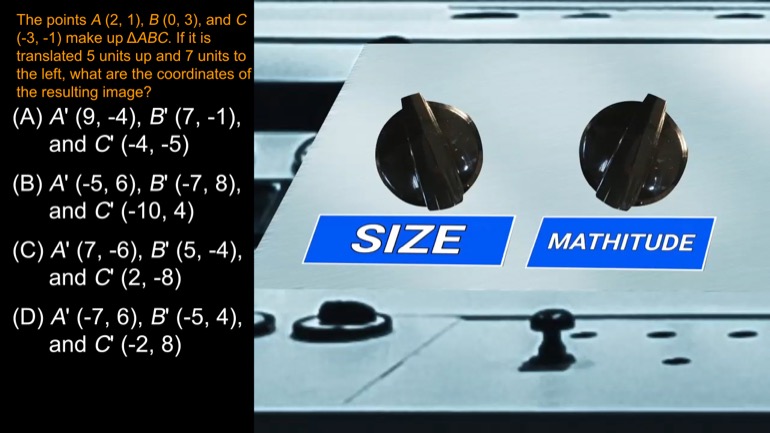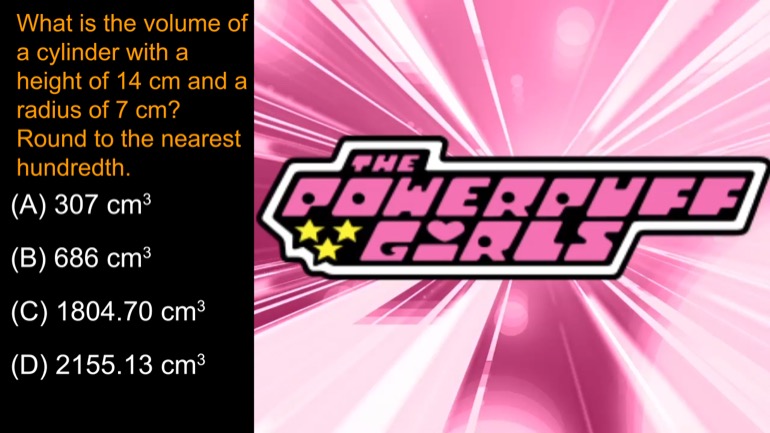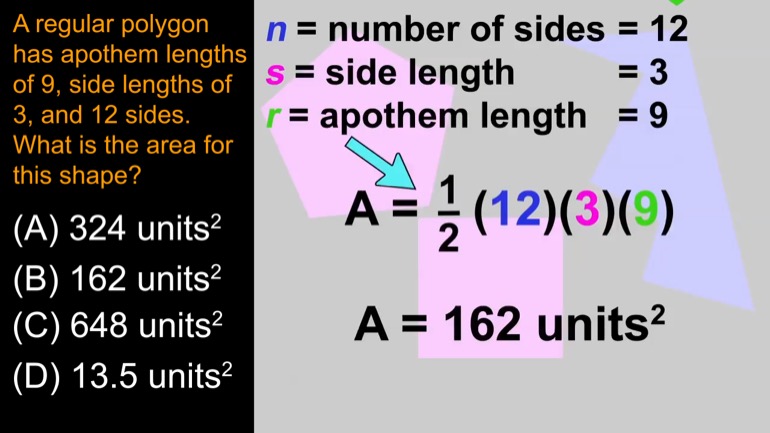ShmoopTube
Where Monty Python meets your 10th grade teacher.
Search Thousands of Shmoop Videos
TSI Reading: Drawing Conclusions from Explicit Details 43 Views
Share It!
Description:
The United States destroyed its six-ton stock of confiscated elephant ivory, sending a clear message that the nation will not tolerate the wildlife crime that threatens to wipe out the African elephant and a host of other species around the globe. The destruction of this ivory was witnessed by representatives of African nations and other countries, dozens of leading conservationists, and international media representatives.
The United States accumulated the ivory over the past 25 years, seizing it during undercover investigations of organized smuggling operations or confiscating it at the U.S. border. Although it is difficult to put an exact figure on the number of different elephants this ivory represents, it certainly numbers in the thousands. Prior to being seized, most of this ivory was destined to be sold illegally in the United States or overseas.
According to the passage, most of the confiscated ivory was
(A)illegally distributed
(B)obtained legally
(C)discovered at the U.S. border
(D)seized during undercover investigations
Transcript
- 00:01
Okay we'll go right The question for escorting the passage
- 00:04
Most of the confiscated ivory was what Okay Let's skin
- 00:10
The few paragraphs hear us Destroyed its six ten stock
- 00:13
confiscated elephant ivory sending clear Master nation will not tolerate
- 00:16
the wildlife crime throwing his wipeout African elephant of the
Full Transcript
- 00:18
united states accumulated ivory over the past twenty five years
- 00:20
He's doing under covering bacteria known are always difficult Put
- 00:23
an exact figure An elephant ivory certainly number one thousand
- 00:26
pride of being sees most I've really been legal in
- 00:28
us overseas Interesting art Well several context clues from the
- 00:31
passage tell us that the confiscated ivory came from shady
- 00:35
sources like uh who would kill an elephant for one
- 00:38
The us began destroying confiscated ivory is a statement against
- 00:41
wildlife crime which suggest that hunting elephants for and profiting
- 00:45
from their ivory is illegal In the second paragraph the
- 00:48
african affirms that most of the intercepted ivory was meant
- 00:51
to be sold in black markets just to make it
- 00:53
clear that none of this activity was okay The passage
- 00:57
goes ahead and says that the ivory was destined to
- 00:59
be sold illegally This is largely because ivory can't be
- 01:04
obtained legally these days So you're going to be harming
- 01:06
animals and violation of the laws called poaching confiscated ivory
- 01:10
was discovered in the u s border Yes or seized
- 01:12
undercover But the text doesn't indicate which of these methods
- 01:16
was the most common which is an important aspect of
- 01:18
the question So the answer is a It was illegally
- 01:21
distributed That applies to most of the confiscated ivory to 00:01:26.987 --> [endTime] make pianos out of that stuff anymore
Up Next
Dogs have the ability to "read" human emotions. For example, dogs have been shown to discriminate between humans who approach in a friendly manner...
Related Videos
Samuel Hahnemann, a German physician and the founder of homeopathy, began as a village doctor and quickly became dissatisfied with how medicine was...
Jefferson Davis was an unusual man. During a long and frequently tragic life, his favorite job, according to his wife Varina, was serving as a U.S....
Stephen Mitchell suffered from allergies. A thirty-five-year-old professor at Syracuse University, he found sanctuary in the temperature-controlled...
The Landsat Program provides the longest continuous space-based record of Earth's land in existence. Since 1972, Landsat satellites have collected...




